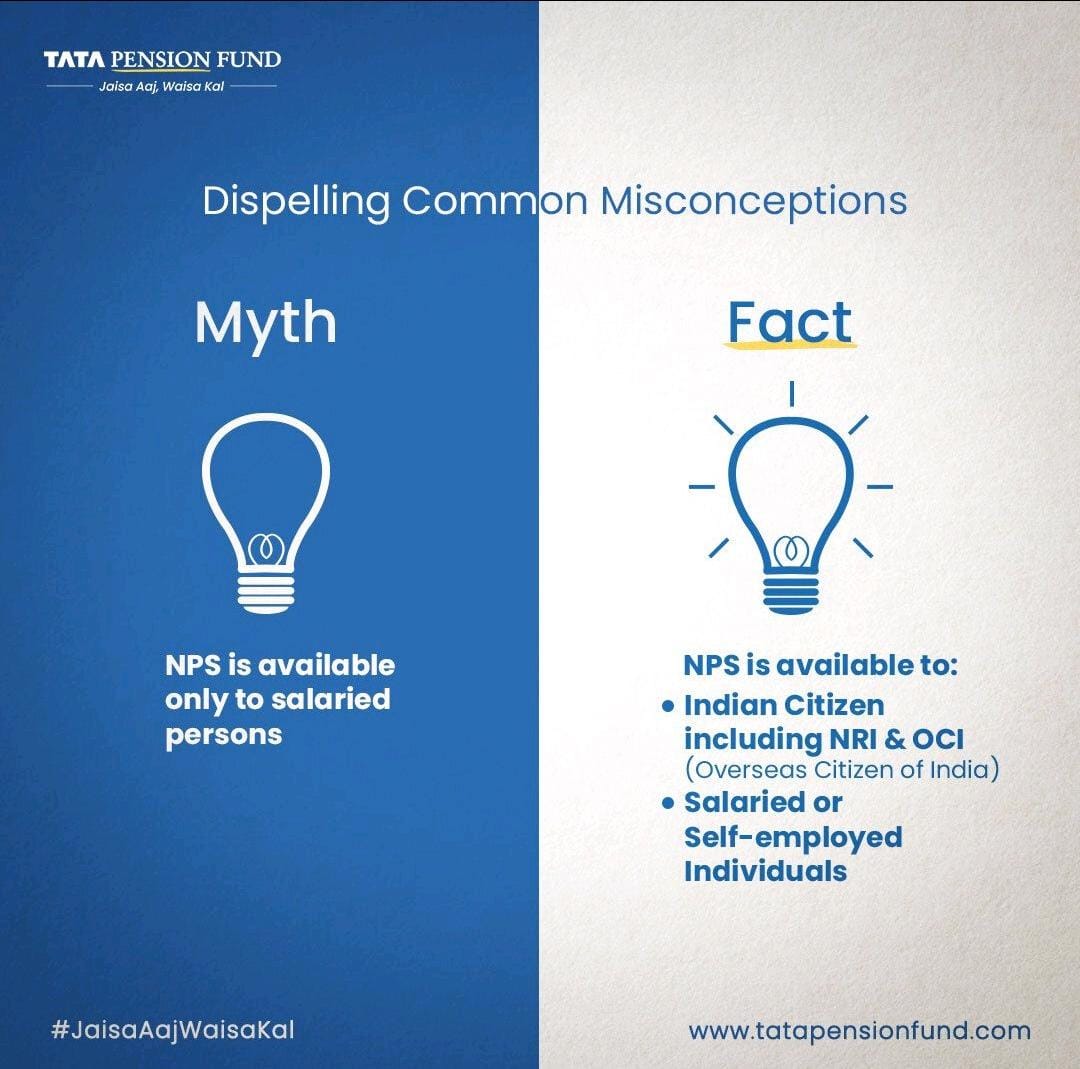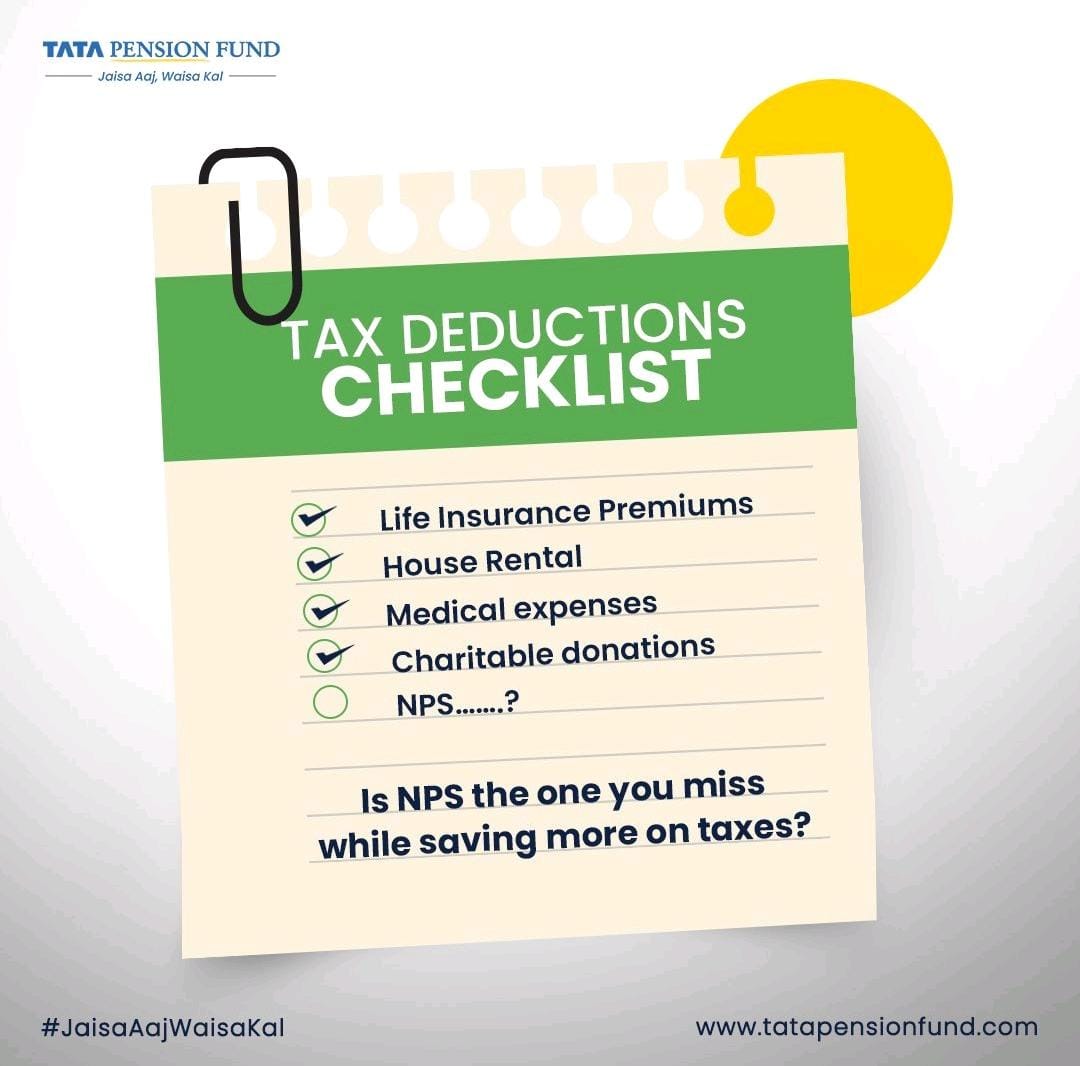National Pension System




The National Pension Scheme (NPS) is a social security initiative by the Central Government. This pension programme is open to employees from the public, private and even the unorganised sectors except those from the armed forces.
The scheme encourages people to invest in a pension account at regular intervals during the course of their employment. After retirement, the subscribers can take out a certain percentage of the corpus. As an NPS account holder, you will receive the remaining amount as a monthly pension post your retirement.
Earlier, the NPS scheme covered only Central Government employees. Central Government employees joining on or after 01-01- 2004 are mandatorily covered under the NPS. Now, however, the PFRDA has made it open to all Indian citizens on a voluntary basis.
The NPS scheme holds immense value for anyone who works in the private sector and requires a regular pension after retirement. The scheme is portable across jobs and locations, with tax benefits under Section 80C and Section 80CCD.
WHO SHOULD INVEST IN NPS?
WHO SHOULD INVEST IN NPS?
The NPS is a good scheme for anyone who wants to plan for their retirement early on and has a low-risk appetite. A regular pension (income) in your retirement years will no doubt be a boon, especially for those individuals who retire from private-sector jobs.
A systematic investment like this can make a massive difference in your life post-retirement. In fact, salaried people who want to make the most of the 80C deductions can also consider this scheme.
NPS ELIGIBILITY
Any person fulfilling the following eligibility criteria can join NPS:
- Should be an Indian citizen (resident or non-resident) or a Non-Resident Indian (NRI).
- Should be aged between 18 – 70 years.
- Should comply with the Know Your Customer (KYC) norms detailed in the application form.
- Should be legally competent to execute a contract as per the Indian Contract Act.

FEATURES AND BENEFITS
FEATURES AND BENEFITS
1. Returns/Interest
A portion of the NPS goes to equities (this may not offer guaranteed returns). However, it offers returns that are much higher than other traditional tax-saving investments like the PPF.
This scheme has been in effect for over a decade, and so far has delivered 9% to 12% annualised returns. In NPS, you are also allowed the option to change your fund manager if you are not happy with the performance of the fund.
2. Risk Assessment
A portion of the NPS goes to equities (this may not offer guaranteed returns). However, it offers returns that are much higher than other traditional tax-saving investments like the PPF.
This scheme has been in effect for over a decade, and so far has delivered 9% to 12% annualised returns. In NPS, you are also allowed the option to change your fund manager if you are not happy with the performance of the fund.
3. Regulated
The PFRDA regulates NPS with transparent investment norms and regular performance reviews and monitoring of fund managers by NPS Trust.
4. Tax Benefits
Employee tax benefits for self-contribution:
Employees who contribute to NPS can claim the following tax benefits on their contributions:
Employee tax benefits on employer contributions:1. Tax deduction of up to 10% of pay (Basic + DA) under Section 80CCD(1), subject to a maximum of Rs.1.5 lakh under Section 80CCE.2. Tax deduction of up to Rs.50,000 under Section 80CCD(1B), along with the overall limit of Rs.1.5 lakh under Section 80CCE.
Employer's contribution towards NPS of an employee is eligible for a tax deduction of up to 10% of salary, i.e. basic plus DA, or 14% of salary if such contribution is made by the Central Government under Section 80CCD(2) beyond the Rs.1.5 lakh limit provided under Section 80CCE.
